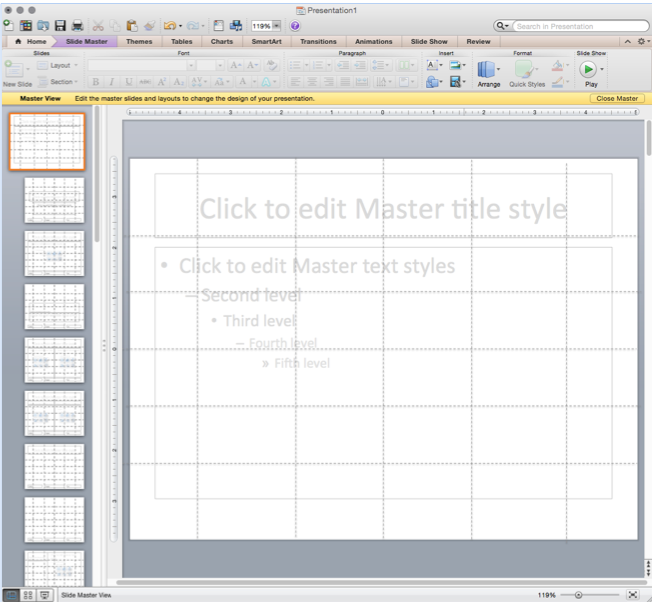In December, CTL
fellow Simona Lorenzini and I co-facilitated a pair of webinars on the use of
webinars in online learning. In a post on this blog last month, Simona reflected
on our planning process. We had fun and learned a ton in our preparation for
and facilitation of the webinars. We got a lot of it right, too: we produced a
goal-driven lesson plan and rehearsed ahead of time; we designed ice-breakers
and activities to keep our participants engaged; we were punctual in starting
and ending; and we accounted for digital fatigue and distractibility by keeping
the meeting short and sweet. But would we do it all over again in exactly the
same way? Absolutely not. In this post, I’d like to explain some of what
we learned along the way.
The webinar
model most people are familiar with is focused on content delivery and usually
involves one or more presenters, a behind-the-scenes
navigator/troubleshooter/producer, and a listening audience. Because we were
working with a smaller group and wanted to mimic the seminar-style atmosphere
of a typical CTL
Advanced Teaching Workshop, we tried to operate in a more collaborative,
interactive mode. We were surprised to find, from the post-workshop feedback we
received, that the most effective and appreciated moments in our webinars
happened when Simona and I were “delivering content” rather than facilitating
discussion. The takeaway: Webinars work best
for sharing well-defined content with a crowd.
We offered the
webinar twice, each time to a group of about a dozen participants. These upper
limits were partly due to the limits imposed by Google Hangouts and partly because
we thought that between ten and fifteen participants would be the sweet spot
for a seminar-esque conversation. We bumped up against a significant challenge,
however, in that we were working with groups of people without significant
shared histories. This circumstance would also have been true had we met in
person, of course, but we discovered that it is more difficult to “break the
ice” online than in person. The takeaway:
Collaborative webinars work better for people who have a shared history.
Though Simona
and I spent a lot of time crafting our learning goals and a lesson plan, our
meeting was not structured around a single, collaborative task. We might have
been able to get away with throwing a bunch of strangers together for a general
conversation if we each had a specific role and were collaborating on a
specific task, like building a website or organizing a conference. But we
wanted to facilitate a general discussion about webinars—when they might be
useful in teaching, and what their advantages and disadvantages might be—as
well as give our participants a first-hand experience of what it might be like
to participate in a collaborative webinar. The range of questions we were
interested in engaging might have worked well in a seminar, but felt in this
medium like waffling around without focus. The
takeaway: Webinars work best for groups of people who have a single task that
can be accomplished in a compact timeframe.
In the early
stages of planning, the idea of discussing webinars in a webinar seemed like a
fun way to model the best practices we were promoting. As we neared the event,
it turned out that this was our only “Really Compelling Reason” for having this
discussion online rather than in a seminar room. We weren’t in a situation
where participants were geographically dispersed, nor did weather conditions,
physical disabilities, travel times, or financial considerations pose obstacles
to our coming together. The conversation we were having didn’t require us all
to be on our computers (e.g., manipulating data on a spreadsheet or composing a
jointly-authored text). Had we met in a physical classroom, though, we wouldn’t
have experienced the weight of these lessons as immediately and memorably as we
did. The takeaway: educators should only
opt for online meetings when they can say why a webinar better suits their
participants and goals than a face-to-face meeting.
In the feedback
we collected, our participants appreciated first-hand perspectives on the tools
of a webinar and the immersive dynamic that wouldn’t have been possible had we
simply discussed these lessons in the abstract. But a part of us also found the
form and the content to be uncomfortable bedfellows. Webinars are exciting and efficient vehicles for some kinds of teaching
and learning scenarios. By preparing for them, teachers are learning to be
more focused, efficient, and accessible. But webinars can’t do the same kinds
of reflective, interactive, relationship-building work as a seminar or a workshop,
and it would be unrealistic to expect them to. This is worth remembering at a
time when some entrepreneurs and proponents of online learning are pushing to “unbundle”
or even eliminate
bricks-and-mortar universities as loci for learning.




